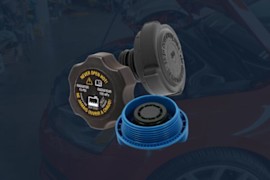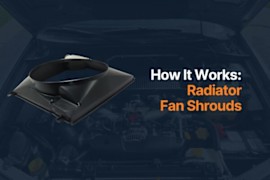{
"lazyNodes": false,
"abFitnotesFlag": false,
"abCrawlReviews": false,
"productOptionsCookie": false,
"orderDelayFlag": false,
"skipSessionCookie": false,
"covidMessage": false,
"fullTitleCookie": false,
"nrLoggerCookie": false,
"checkoutReviewCookie": false,
"productOptionSeqCookie": false,
"maintenanceFlag": false,
"bufferETACookie": false,
"multiShippingDiscountFlag": false,
"newFitmentFlag": false,
"surveyOptInFlag": false,
"crossSellFlag": false,
"skuMappingFlag": false,
"paySplitCookie": false,
"callDisableFlag": false,
"zipPaymentFlag": "u",
"hassleFreeReturn": false,
"lifetimeReplacement": false,
"cpn_off": false
}Mazda MX-3 Radiators
Shop Catalog
![]() WARNING: This product can expose you to chemical which is known to the State of California to cause cancer and birth defects or other reproductive harm. For more information go to www.P65Warnings.ca.gov.
WARNING: This product can expose you to chemical which is known to the State of California to cause cancer and birth defects or other reproductive harm. For more information go to www.P65Warnings.ca.gov.
Customer Guides
Causes and Signs of a Busted Mazda MX-3 Radiator
The Mazda MX-3's radiator regulates the amount of heat running around the engine. This part ensures that the motor performs at maximum efficiency. If the radiator fails and the engine bay gets too hot, you might end up with a car that overheats and resists moving. If you simply replace it without understanding why it happened in the first place, then you're most likely to have a repeat of your problem. The following are some of the common causes and signs a busted radiator:
Malfunctioning thermostat
The small thermostat in the cooling system is the critical device that reads and measures the amount of heat in the engine compartment. Depending on how hot it is inside, this triggers other parts to let more or less coolant and fluid in the system to regulate the temperature. If the thermostat malfunctions, then there would be an improper amount of liquid inside. This can result in overheating and damage to the radiator and the rest of the system. You can tell that your Mazda's thermostat is busted if you get inconsistent readings on the temperature gauge.
Leaks and punctures
Leaks and punctures on the radiator are avenues for water and radiator fluid to escape the system. All this liquid ends up on the ground instead of in the cooling system regulating the heat. Check your garage floor after the car is parked overnight and see if there's any. Minor leaks can be repaired. However, ones that are too big leave you with no other choice but a replacement of the whole part.
External rust
Rust on the surface of the radiator greatly lessens the integrity of the part. As the metal slowly gets eaten away, the chances of having leaks and holes increase. Corrosion builds up faster if you usually drive in a very dusty and dirty area. Weather also plays a role. Too much humidity negatively affects the metal. When it's too cold and snow salt is placed on roads, rust is made easier.
Blocked internal tubes
The tubes inside the radiator can also be blocked. This is caused by the decaying particles from the inner surface of the lines that were washed away and transferred by the flowing fluid. With no way of escape-assuming the radiator is free of leaks-it ends up simply restricting the free flow of coolant. Less coolant around means less heat regulated.
Heat management is the name of the game for a Mazda MX-3 radiator. Usually, this part can last the whole life of the car. Seldom does this need major overhauling and replacing. Vehicles that require a new radiator are only ones that are forgotten and unmaintained by its owner. Don't ever allow this to happen to your car. The following are some recommended maintenance tips that are surefire ways to prolong the service life of your car's radiator:
Never push the engine too hard.
A combustion engine normally produces lots of heat when it's running. Some heat is manageable and acceptable. However, too much of it and your car's radiator and the rest of the cooling system are overworked. Temperatures can easily skyrocket if you push the engine too hard. Activities such as stepping too hard on the accelerator pedal or towing a very heavy load result in this. Just remember to take it easy when you drive. Also, know how much weight your Mazda's engine can handle so that it won't heat up to an extreme level.
Flush the radiator fluid.
Radiator fluid, which consists of a combination of water and coolant, are the lifeblood of the whole cooling system. This liquid is mostly responsible for absorbing heat from the engine to make it less hot. As the car gets old, dirt and other substances mix with the fluid. This results in limited cooling capability. You can get rid of the bad radiator fluid by flushing it once every one or two years. Afterwards, replace it only with purified or distilled water and a high-quality coolant.
Keep all radiator parts and components sealed.
The radiator works at its best when the radiator fluid is kept inside it at all times, and there's enough pressure in the system. Any area that has leaks, tears, and punctures should be taken care of at once so that there's always enough coolant to take care of the heat inside. You can start by making sure that the radiator cap is screwed tight. Do minor repairs on leaking hoses, pumps, and other parts. Small damages on these can still be salvaged.





